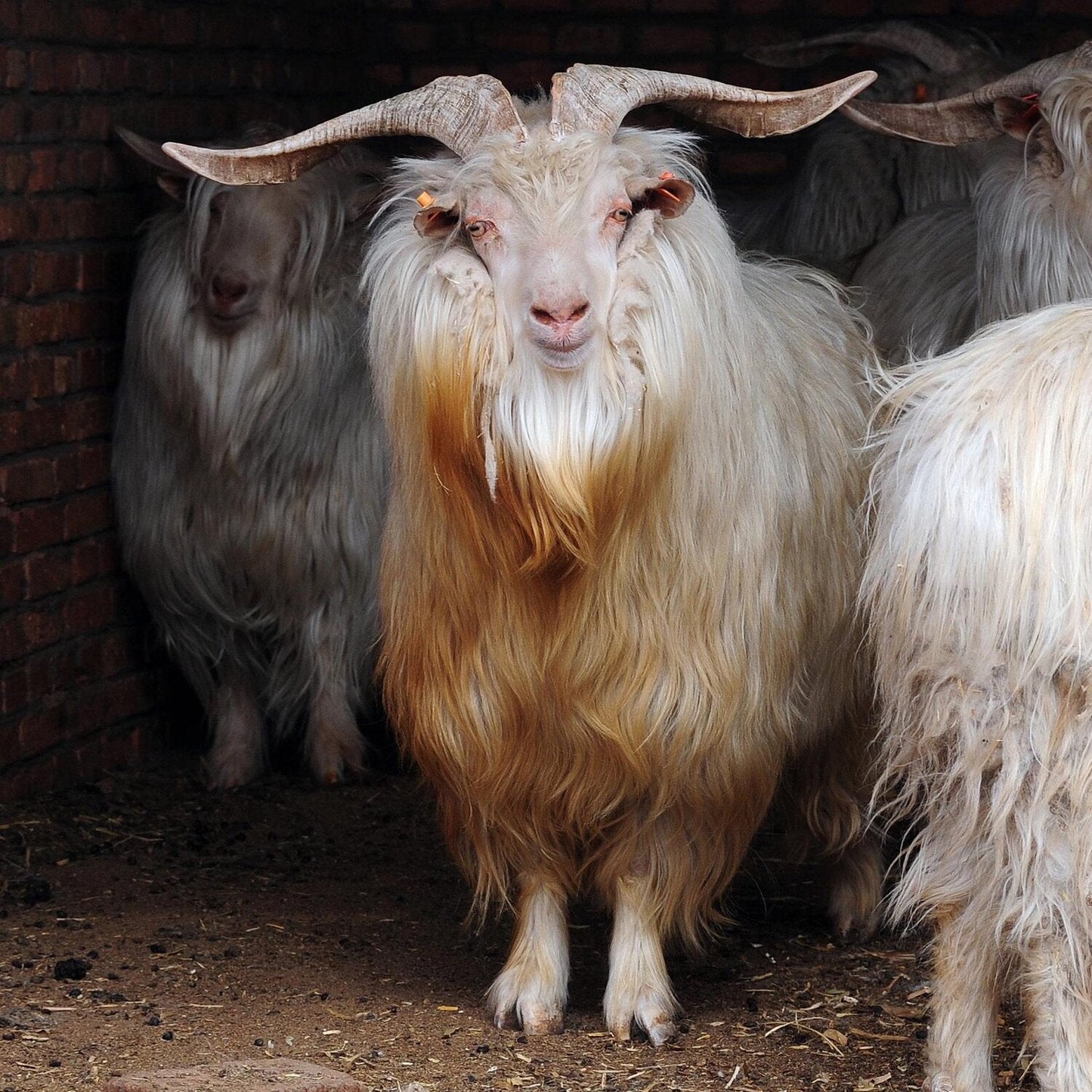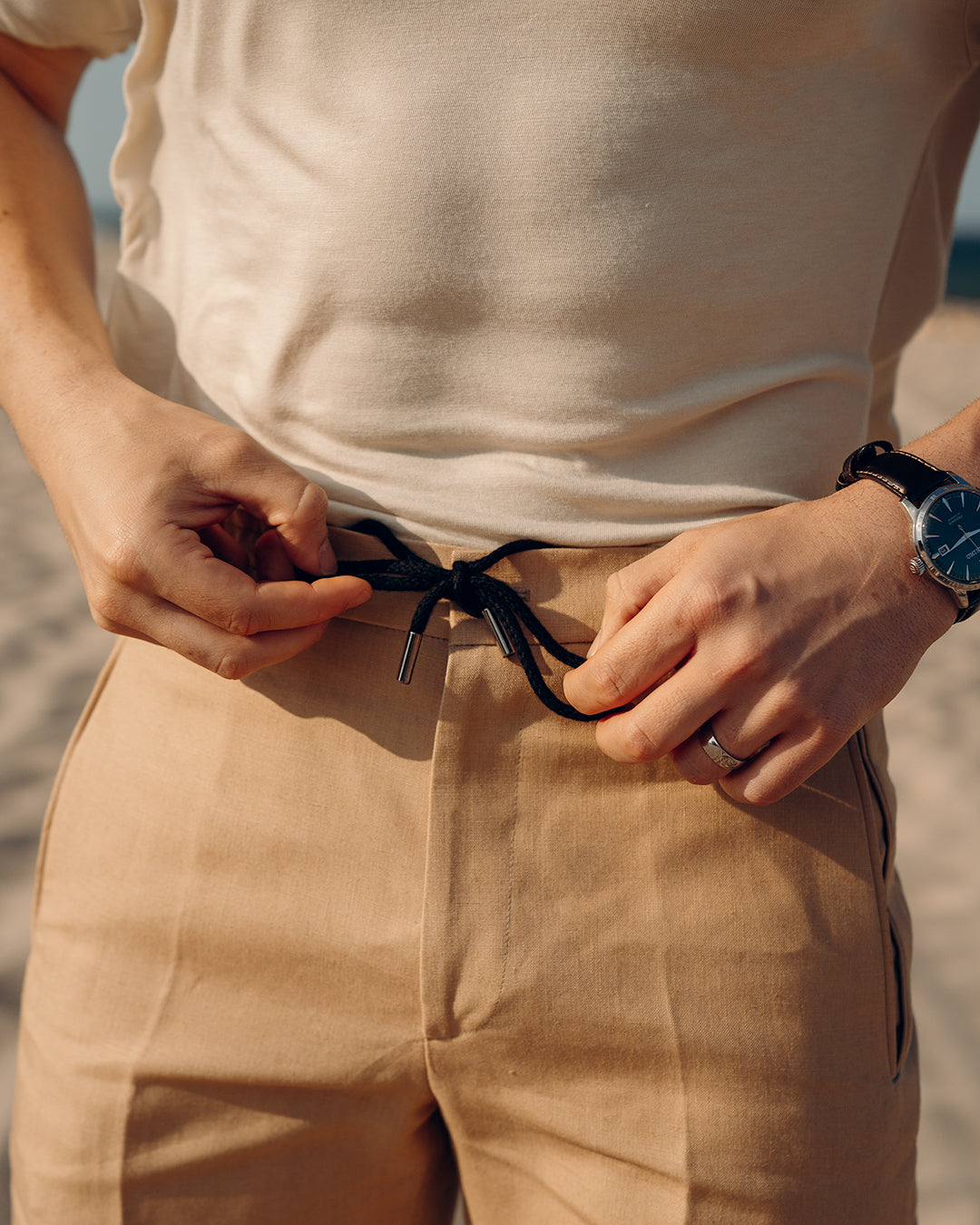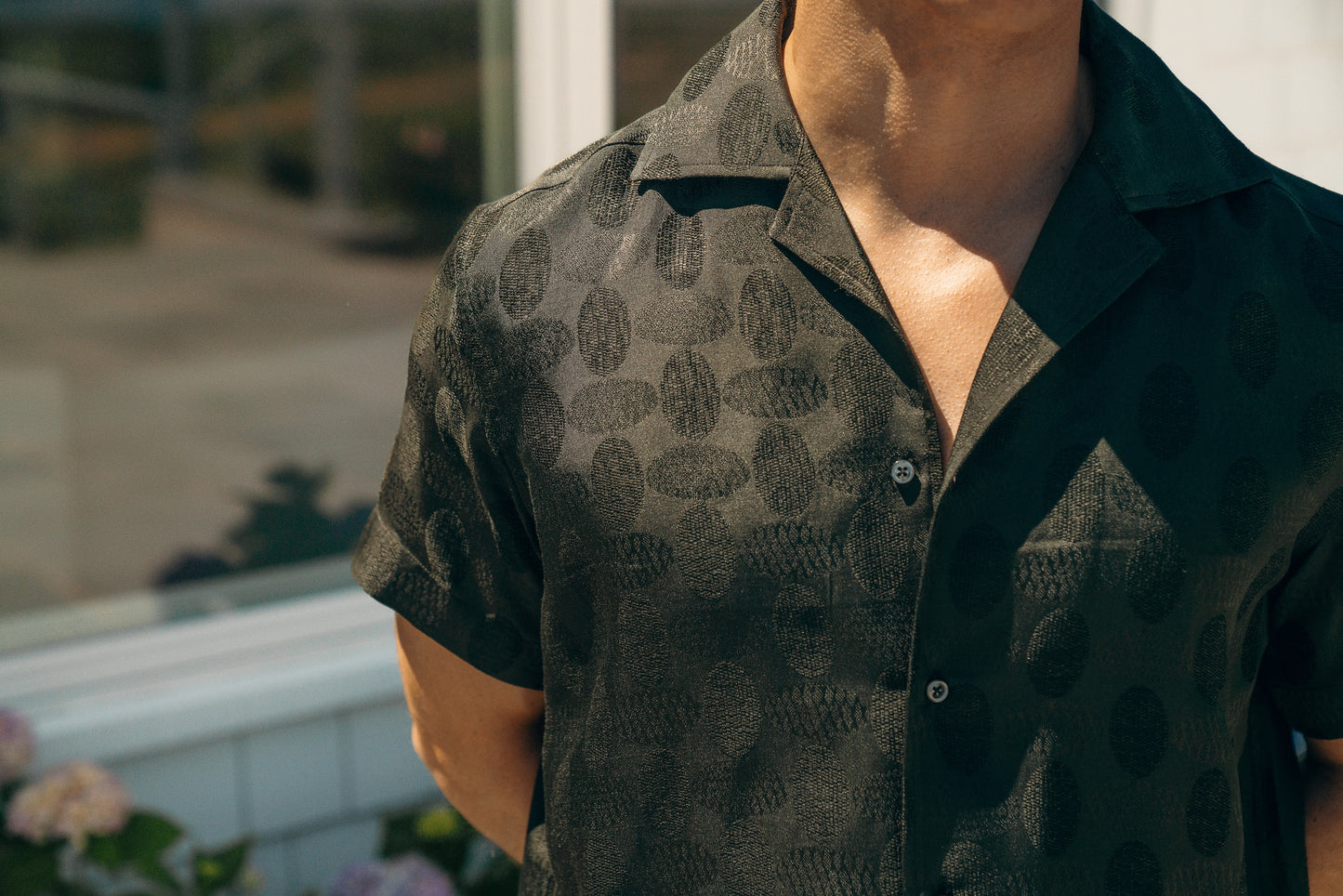
Cashmere—just the word alone conjures up images of luxury, softness, and warmth. But if you’ve ever shopped for a cashmere sweater, you’ve probably noticed that prices can vary wildly. Why is one cashmere sweater $90 while another is $2,500? The secret lies in the fascinating world of cashmere quality. Since we don't want to bore you, we'll keep this short and sweet.
The Basics: What is Cashmere?
First, let’s clear something up: cashmere isn’t just any wool. It’s a special type of wool from the undercoat of cashmere goats, primarily found in Mongolia, China, and the Himalayas. These goats endure harsh winters, which is why their undercoats are so incredibly soft and warm. When that undercoat is harvested (humanely, by combing), you get the raw material for your dream sweater.
The Finer Points: Length, Fineness, and Color
The quality of cashmere depends on three main factors: fiber length, fineness, and color.
-
Fiber Length: The longer, the better. Longer fibers (usually around 34-42 millimeters) result in stronger and more durable yarn. This means your cashmere garment will not only feel softer but will also pill less and last longer.
-
Fineness: Measured in microns, fineness refers to the thickness of each fiber. High-quality cashmere has fibers that are extremely fine—usually between 14 and 16 microns. For context, human hair is about 100 microns thick! The finer the fiber, the softer and more luxurious the cashmere feels against your skin.
-
Color: Natural cashmere comes in white, brown, and gray, but white is the most prized because it can be dyed any color. White cashmere often commands a higher price, especially if it’s naturally white (not bleached).
Pilling and Why It Happens
One of the biggest concerns with cashmere (besides the price) is pilling—the little balls of fiber that form on the surface of the fabric. While even the best cashmere will pill over time (it’s a natural consequence of friction), high-quality cashmere will pill less because it’s made from longer fibers. So, when you’re buying cashmere, remember: the smoother and longer the fiber, the less likely you’ll be picking off those pesky pills.
The Price Tag: Is Expensive Always Better?
Not necessarily! While higher price tags often reflect better quality, some luxury brands charge more for the name than the material. On the other hand, super cheap cashmere might be made from shorter, coarser fibers that don’t wear well. Oftentimes, with cheap "cashmere," other fibers are substituted instead of using authentic cashmere. Rat hair and other critter hair have been passed off as cashmere. The trick is finding a balance—look for reputable brands that disclose their fiber length and fineness, and trust your hands! If it feels rough or scratchy, it’s probably not worth the splurge. Luckily, WvG provides all the information you need about our cashmere garments. We always share details about the mill, micron count, and any authenticity papers to ensure you feel confident in your purchase.
Care Tips: How to Love Your Cashmere
Regardless of the quality, cashmere needs TLC. Hand wash your cashmere in cold water with a gentle detergent, and always dry it flat. Avoid hanging, as this can stretch out the fibers. You may also dry clean your cashmere garment. Please make sure to check what kind of solvents are being used. There are eco-friendly methods that use mild solvents so that even over time your garment remains safe. With proper care, even mid-range cashmere can stay soft and beautiful for years. You should also invest in a pilling comb.
The Skinny
When it comes to cashmere, understanding the differences in quality can help you make smarter, more satisfying purchases. Look for longer, finer fibers in natural colors, and don’t be fooled by a high price tag. Treat your cashmere with care, and it’ll treat you to years of luxurious warmth. Not to brag, but some of my cashmere sweaters are over 16 years old and look basically new.
I hope this helps, and I look forward to making you some incredibly high-quality cashmere items this F/W season.



